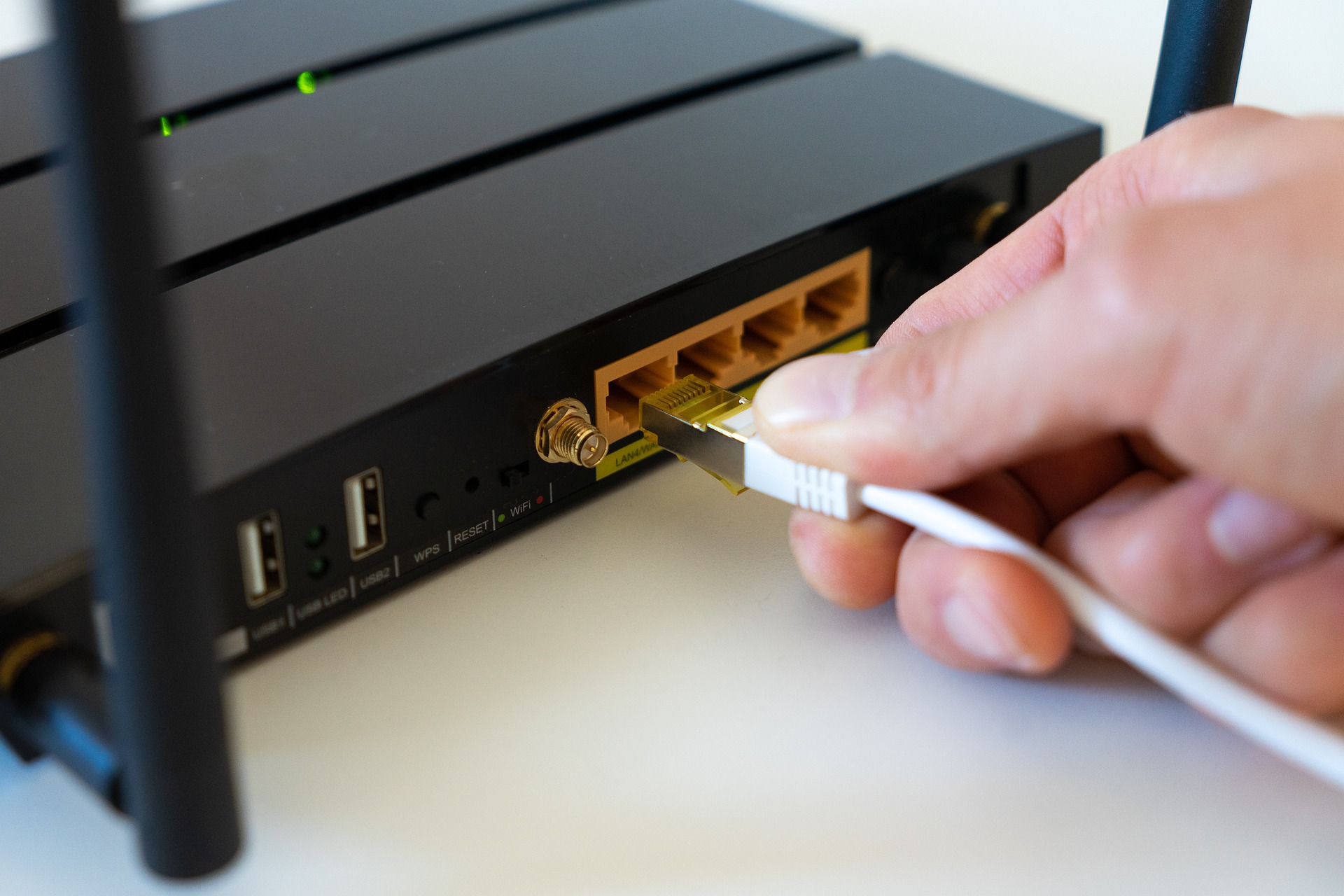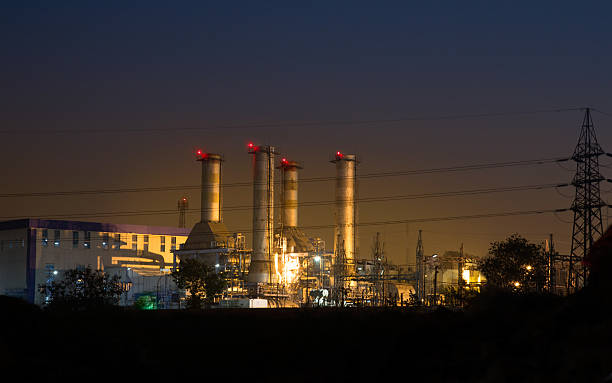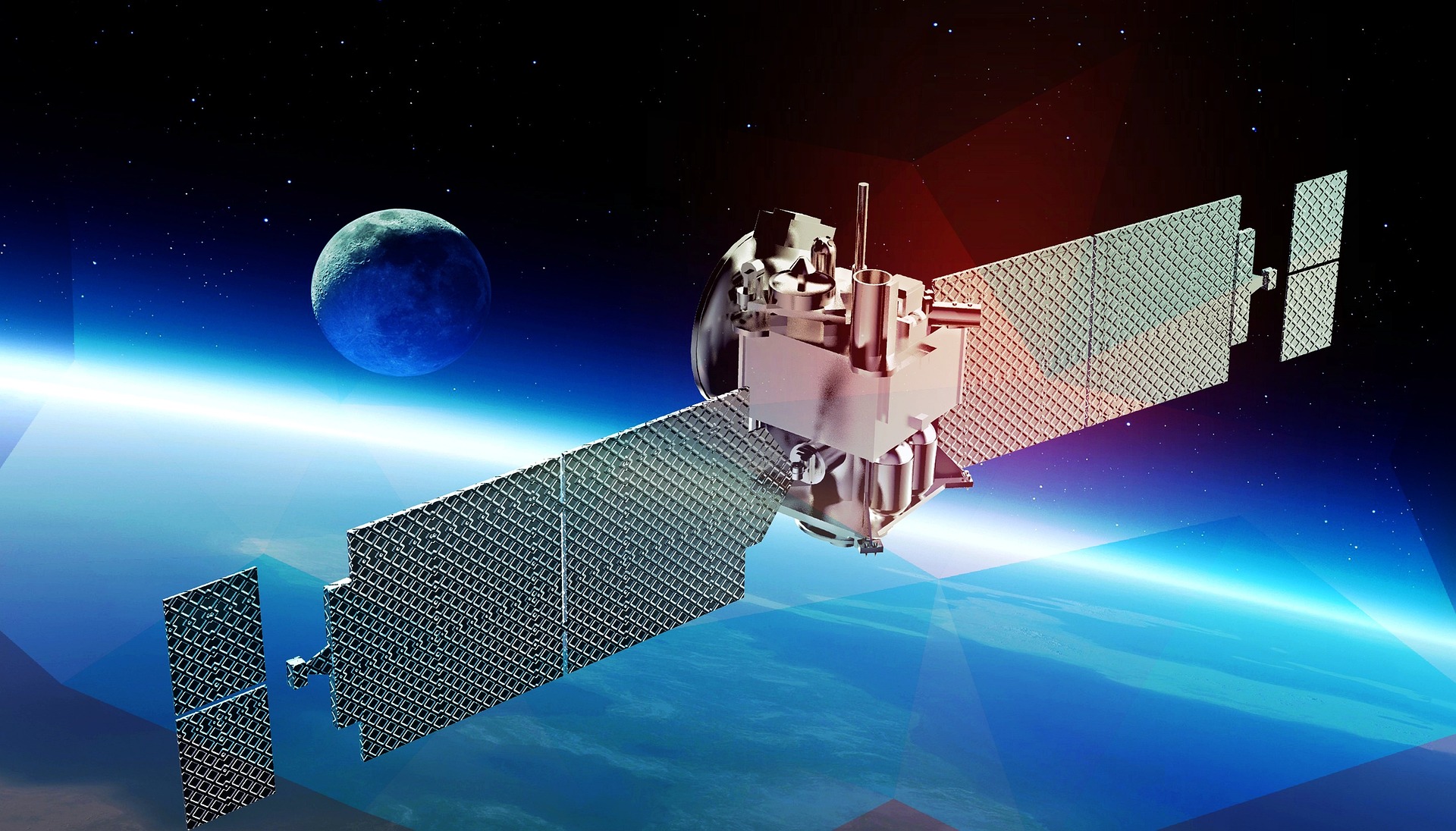Unraveling the Intricacies of Fixed Wireless Access Technology
The first paragraph: In the realm of internet and telecommunications, Fixed Wireless Access (FWA) has emerged as a compelling alternative to traditional broadband, offering untethered internet connectivity. The technology, once overlooked in the shadow of high-speed fiber and cable solutions, is now hailed as a game-changer, especially in regions where wired networks aren't feasible or economically viable. But what exactly is FWA, and why is it capturing the attention of telecom giants and end-users alike?
Introduction: A growing trend in the telecommunications industry, Fixed Wireless Access is redefining the way we view broadband connectivity. It’s a technology that leverages wireless networks to deliver high-speed internet services in both urban and hard-to-reach areas. This article dives into the intricate workings of FWA, its implications for the telecom sector, and the practical applications it offers for businesses and consumers.
The Genesis and Maturation of FWA
Fixed Wireless Access isn’t a new concept. It dates back to the 1990s when it was used to provide connectivity in remote areas where cable or fiber infrastructure was lacking. However, earlier versions of FWA were plagued by low data rates, unstable connections, and high costs. Fast forward to the present, technological advancements have transformed FWA into a reliable, cost-effective solution that can compete with traditional broadband services.
The Driving Forces Behind FWA’s Ascent
The resurgence of FWA can be attributed to several factors. Firstly, the advent of more advanced wireless technologies has significantly improved FWA’s performance. Additionally, the demand for high-speed internet in remote areas, coupled with the high cost of laying physical cables or fibers, has made FWA an attractive proposition. Lastly, the ongoing global push for digital inclusion has spotlighted FWA as a potential solution.
The Mechanics of FWA: How Does it Work?
FWA operates by transmitting internet data over radio waves rather than physical cables. It requires an outdoor antenna, installed at the user’s premises, which communicates with a nearby base station. The base station is connected to the internet backbone, allowing the data to be transmitted wirelessly to the user’s device.
The Potential of FWA: A Game Changer?
FWA’s ability to deliver high-speed internet without the need for physical infrastructure makes it particularly appealing in areas where traditional broadband is not feasible. Additionally, it can provide temporary internet access in emergency situations or at event venues. However, the technology also faces challenges, such as signal interference and weather-related disruptions.
Navigating the Future: FWA and Beyond
While it’s clear that FWA is making waves in the telecom industry, it’s important to remember that it’s one part of a larger connectivity ecosystem. As technological advancements continue to reshape the broadband landscape, FWA must keep pace with emerging solutions to remain competitive and relevant.
In conclusion, Fixed Wireless Access is a powerful tool in the quest for universal broadband access. Its unique blend of flexibility, cost-effectiveness, and performance is forcing us to rethink our perceptions of what constitutes a viable internet solution. However, like any technology, its success hinges on its ability to adapt and innovate in the face of ever-changing connectivity demands.






